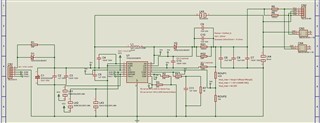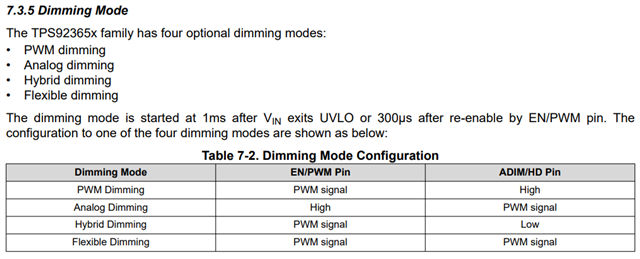Tool/software:
I’ve designed a backlight driver board using the TPS923655DMTR (see schematic attached) , so far everything on the board works however we noticed that the board quickly triggers the thermal foldback and shuts itself down or flickers the display backlight 5 to 10 seconds after being powered on, we are sure this is a thermal related issue as the IC works perfectly when cooled.
We’ve tried high impedance on the TEMP pin and also set the Foldback to 150C with a 10KΩ resistance, but the IC still seems to shut itself down from overheating however on touch it doesn’t feel that warm certainly no where near the 150C to trigger the thermal foldback.
For reference, the load that we are testing this board and IC on is a 33V, 325mA backlight. Which we wouldn’t have thought would use enough power to require the cooling of the TPS IC.
The circuit design is closely based on the TPS92365xEVM Evaluation board.
- Vias have been placed all over the board to dissipate heat to the GND plane including under the IC itself.
- Board closely follows the design from the evaluation module.
- Trace thickness 13TH (0.33mm) to and from the IC, thicker traces have been used through most of the rest of the board design
- 1Oz (28.35g) Copper weight used
- The same or larger resistor packages were used in the design compared to the TPS92365xEVM Evaluation board.
- Used 100V rated capacitors throughout the board.



